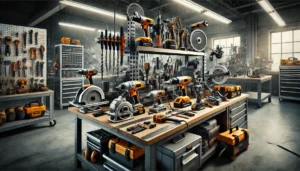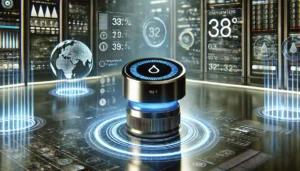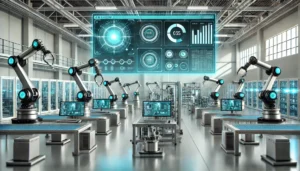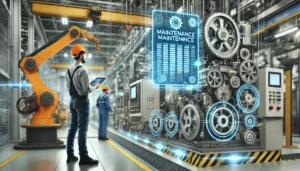In the manufacturing domain, processes for machining are most important for converting raw materials into specific units. Two major types in this area are CNC machining and traditional machining. Both of these methods have their own benefits and restrictions which dictate the most appropriate method to utilize.
Traditional Machining
This is the CNC machining definition/description where machine tools like lathes, mills, and drills are manually executed by a technician. Different operators handle these machines mechanically employing levers, handwheels, and dials to cut, shape, and drill materials.
Advantages:
- Cost-Effective: Small businesses can easily afford traditional machining tools because the cost is comparatively lower.
- Adaptability: It is easy to change manual machines for different job requirements which speeds up transitions between tasks.
- Skilled Labor Utilization: With semi and fully automated systems, operators spend less time on simple tasks, making it easier to handle complex jobs.
Disadvantages:
- Low Precision: Operating manually is prone to error, which impacts the dimensions and quality of the final piece.
- Reduced Production Rates: For large scale production, manual machining takes more time leading to bottlenecks.
- Increased Labor Costs: The need for trained machinists for operation increases the cost of labor and may present problems with workforce availability.
CNC Machining
Computer controlled machinery is employed during the process of CNC machining. There is no direct manipulation of the machine tools during the process. A computer accepts designs in the form of documents, processes them, and guides the machine tools to the required working parts for operations to be performed.
Advantages:
- High Precision and Consistency: Parts that are manufactured with the aid of CNC machines can be produced with tight tolerances and accurate repeatable cuts reducing deviations.
- Increased Production Speed: With automation, many processes require less time to complete, thus improving overall efficiency.
- Reduced Labor Requirements: CNC machines can be programmed to operate without human control so the workers can monitor many machines simultaneously.
- Complex Design Capability: Unlike manual machining, which has numerous limitations, CNC machines are capable of actualizing all architectural features on the design schematics.
Disadvantages:
- Higher Initial Investment: The purchase and setup costs of CNC machines are far less than the expenses associated with traditional machines.
- Programming Expertise Required: Operating and writing CAD programs for such machines cannot be done without stringent training.
- Maintenance Complexity: Because of their complexity, CNC machines are often not user friendly; these devices often need specially trained service technicians.
Comparative Analysis
CNC vs traditional machining presents a decision making throughout a business that has to do with several factors: number of pieces, complexity of contours of the part, and cost that can be afforded.
- Production Volume: In regard to heavy duty CNC machining, the method that saves the most costs would be CNC because of its speed and consistency. On the other hand, in traditional machining, For low volumes, the more appropriate method is traditional machining whereby the CNC equipment investment is not economical.
- Part Complexity: The area where CNC Machining and CNC routers excel is in producing complex geometrical parts with high precision which is great for intricate designs. For more complex parts or when other varied part designs are needed with less decrease in speed, traditional machining might work better.
- Cost Considerations: The CNC Machining process, while expensive at the level of initial investment, saves the customer money over time in labor and material waste. In contrast, traditional machining requires less investment at the start, however, the greater expense is offset by the small volume operations, or projects where spending is a concern.
Conclusion
There are merits and demerits to both traditional and CNC machining. Traditionally, having lower precision and efficiency and the ability to custom make unique parts means you can work with smaller scale parts or projects. Traditional machining provided at the get go allows for control over the spending. In comparison, CNC machining gives you high precision, efficiency, ability to work on intricate parts at a large scale, and is suitable for complex designs. Ultimately, the choice is dependent on the resources available, production goals, and the requirement of the project.










